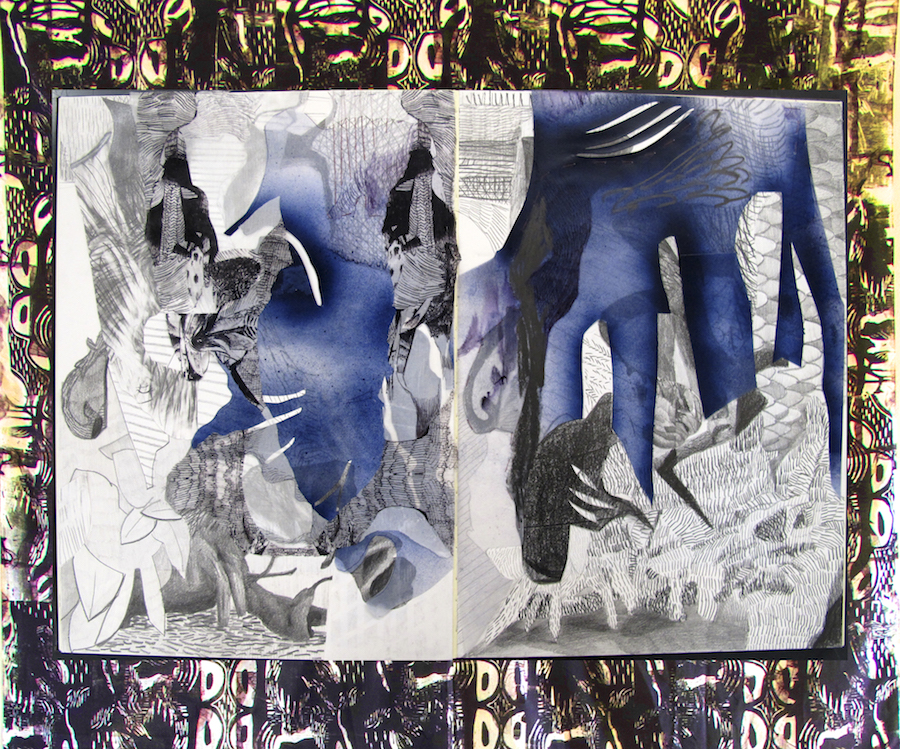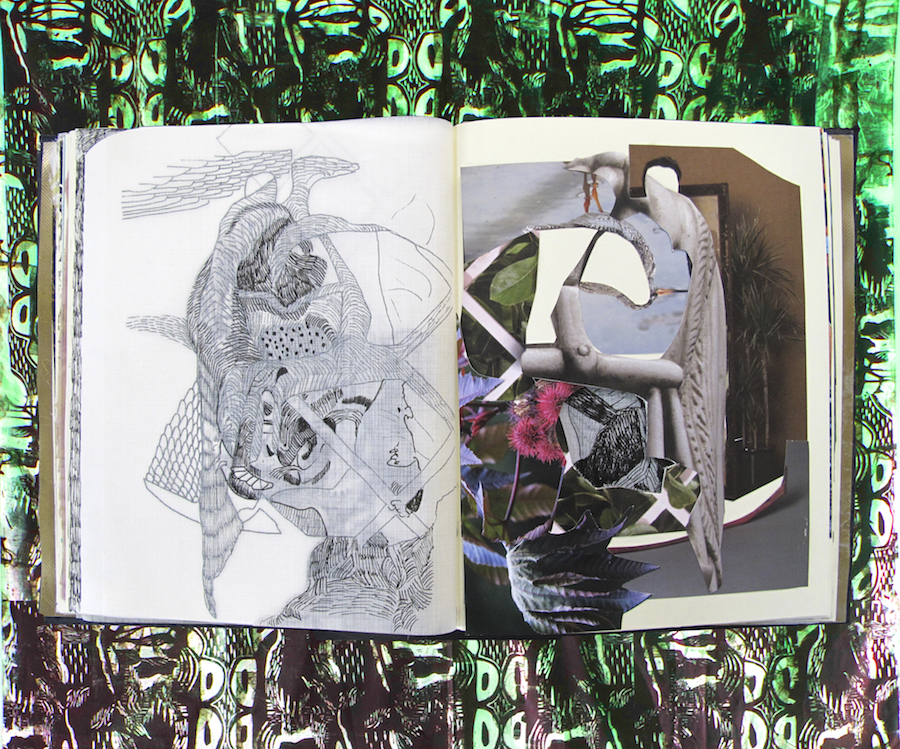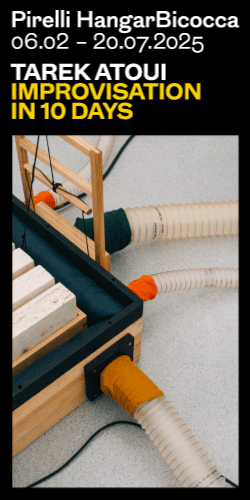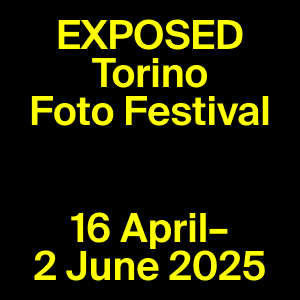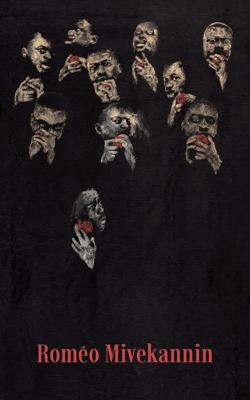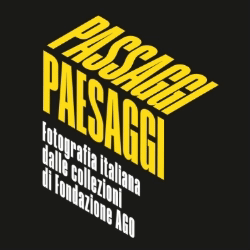ATPdiary ospita un DIARY di Alessandro Roma, in occasione della sua mostra One foot in the world and the other in the stillness, che inaugurerà il 20 febbraio da z2o Sara Zanin Gallery (Roma).
Hey Alessandro! My thoughts? Allow me this …Back in the fall of 1978 when I was interviewing people for my Warhol dissertation, I spent an afternoon with James Rosenquist. I had then stuck in my mind Magritte since I knew that his radical juxtapositions were often taken from discussions with his poet and painter friends and that associations/puns of images were taken from associations/puns from spoken French.
So in chatting with Rosenquist, I kept asking him if he was influenced by Magritte. He said to me that he knew Magritte’s work, and then I’d continue for a short time if he worked like Magritte (without mentioning to him about what I knew to be his procedure, as I mentioned above).
After a long pause, he sighed; and he then told me how he came up with his works…describing walking down a street and looking up there and you’d see something and then over there a different image and then another over there and you’d see something else.
He said he wanted to bring those walking visual sensations to the viewer. Bam! that. Bam! that. Bam! that. (Something that is never mentioned about him is that he stutters when he talks quickly…and I still think that has something to do with what he described to me. Also, I can see too visual narratives juxtaposed in his paintings, as, say, I Love You with My Ford…kissing lovers & spaghetti, …).
Also, at that same time, I was interviewing the critic-curator Lawrence Alloway, and we were discussing the juxtapositions in Rauschenberg that are dispersed, as opposed to juxtaposed. Now, I’m thinking of David Salle who juxtaposes images that are taken out of contexts that are themselves deliberately obscure. So all of this kind of stuff is in my head when I first see your painting. ‘First’ here is the operative word not an instrumental word.
So then I went to your blog and read your interviews and the reviews. At that point, I went back to what Rosenquist said to me about giving the viewer various visual sensations as you walk down a street. You say in, I think, two of your interviews that you enjoy walking and the word ‘flâneur’ was used for a project. So, I thought then that there’s that connection too with Rosenquist. But you also talk about real and imaginary gardens, textural qualities of paint, collaborations, … So, there are those aspects that are making me think now quite differently.
I’ve read your highly literate conversations and the serious reviews from Flash Art, Artforum, etc. I am trying not to do the easy way of communicating what I think. What I think was about what I brought to the painting’s reproduction. (I deliberately use this last work because I’m now aware that the tactile and textural are so important to you.)
Another look. No, the images are also layered and even furled. My thought now is completely different. I cannot just leave what I said earlier because my earlier glance was a miss-glance. I can no longer accept what I said earlier, but I will let it stand so that you know what an idiot I am. I have to rethink. No, not rethink. I have to allow being unwrapped and entrapped by your painting. That hand of the lower left. It disturbs my thought now. No, you don’t intend that. So, I just thought. So, I must re-look in order to say something coherent. But how can I be coherent when the painting is a puzzle. What, a silly thought. You don’t see it as a puzzle to be figured out, I think now. But do you?, I think now. And what silly wayward game would be that? But now that is gone. I must look again.
No, it’s not what I think. My eye doesn’t allow me to simply think. I should, I think, absorb. No, not absorb. Not simply drink in, sniff in, whatever in. I’ve put these aside. I must look again. Undulating. Waving. That upper left figure-like form seen from the back again. My eye goes back to the lower right. Johns comes to mind. “Things the mind already knows” comes to mind. Phantoms. I must look again.
That black part midway at the lower part now bothers me. I look up to the black at the upper part. What is that about. I don’t know. I have to look again.
The painting is full of forms as if they are forms imagined when you see cloud formations. I’m projecting onto the painting my preconceptions. I have to stop. My mind is now a blur. My mind continues to be a blur. And I must now say goodbye.
Patrick Smith
—
ALESSANDRO ROMA
One foot in the world and the other in the stillness
20 febbraio – 16 aprile 2016 OPENING sabato 20 febbraio 2016, ore 12 – 19
Le prolisse passeggiate mi ispirano mille pensieri fruttuosi, mentre rinchiuso in casa avvizzirei e inaridirei miseramente. L’andare a spasso non e? per me solo salutare, ma anche profittevole, non e? solo bello, ma anche utile. Uma passeggiata mi stimola professionalmente, ma al contempo mi procura anche uno svago personale; mi consola, allieta e ristora, mi da? godimento, ma ha anche il vantaggio di spronarmi a nuove creazioni, perche? mi offre numerose occasioni concrete, piu? o meno significative, che, tornato a casa, posso elaborare con impegno. Ogni passeggiata e? piena di incontri, di cose che meritano d’essere viste, sentite.
(Robert Walser, La passeggiata)
z2o Sara Zanin Gallery presenta One foot in the world and the other in the stillness, la prima mostra personale di Alessandro Roma negli spazi della galleria.
Alessandro Roma gioca con i concetti di percezione dell’indefinito: se da una parte le sue opere si ricollegano ai temi classici della tradizione pittorica legata al paesaggio, dall’altra ne indagano i limiti e ne eludono le tecniche formali a favore di una continua fusione tra memoria e immaginazione. La natura, tema d’elezione per Roma, e? interpretata come luogo magico in cui avvengono continue e imprevedibili metamorfosi generate dall’imprevedibilita? di una ” libera” visione e al contempo dal tentativo di fissarle, dominandole, in nuove strutture formali.
Indizi di forme naturali, non totalmente riconoscibili lasciano allo spettatore lo spazio per una sempre nuove interpretazioni dell’immagine. I suoi lavori tendono a sollecitare una speciale forma di catarsi dell’occhio, invitando chi guarda a immergersi in un personale labirinto di ricordi, riferimenti e suggestioni.Le immagini conducono in una condizione tra sonno e veglia che potremmo definire trasogna mento.
L’immaginazione ha un ruolo centrale nella sua pratica: sia nella genesi della produzione del lavoro sia nella sua fruizione. Sono attimi in uno spazio frammentato, capace, quasi magicamente, di ricomporsi in un’unita? onirica in vibrante equilibrio in cui la dimensione inconscia assume un valore portante.
—
ALESSANDRO ROMA
One foot in the world and the other in the stillness
February 20th – April 16th, 2016
OPENING Saturday, February 20th, 2016| h 12 – 7 pm
On a lovely and far-wandering walk a thousand useful and usable thoughts occur to me. Shut in at home I would miserably decay and wither. Walking is for me not only healthy, and lovely, it is also of service and useful. A walk advances me professionally, and provides me at the same time also with amusement and joy; it refreshes me and comforts and delights me, is a pleasure for me, and simultaneously, it has the peculiarity that it allures me and spurs me on to further creation, since it offers me as material numerous small and large objectivities upon which I later work at home, diligently and industriously. A walk is always filled with significanty phenomena, which are valuable to see and feel.
(Robert Walser, The Walk)
z2o Sara Zanin Gallery presents One foot in the world and the other in the stillness, the first solo exhibition by Alessandro Roma at the gallery. Alessandro Roma plays with the notions of perceiving what is undefined: if on the one hand his works are linked to the classic themes of landscape painting tradition, on the other hand they explore their boundaries and shirk formal techniques in favour of an on-going melding between memory and imagination.
Nature, Roma’s preferred theme, is interpreted as an enchanted place where on-going and unforeseeable metamorphoses take place, generated by the unpredictability of a “free” vision and at the same time by the attempt to fix them, through mastery, in new formal structures. Signs of natural, not fully recognisable shapes leave enough room for viewers to constantly and newly re- interpret the image. His works tend to elicit a special kind of catharsis of the eye, by inviting the viewer to plunge into a personal labyrinth of memories, references and suggestions.
Images lead towards a state between slumber and wakfulness we could define as reverie. Imagination plays a central role in the artist’s practice: both at the onset of the work production and in its fruition. These are instants of a fragmented space capable of recomposing itself – rather magically, in a dream-like unit within a resonating balance where the subconscious dimension emerges as a fundamental value.
